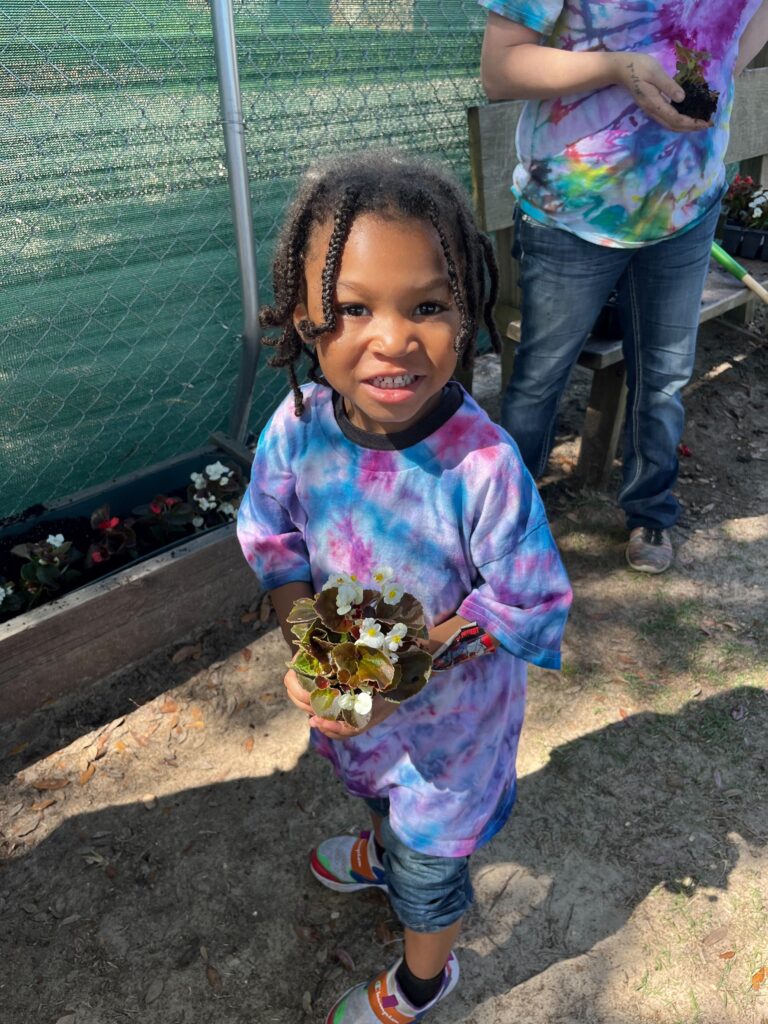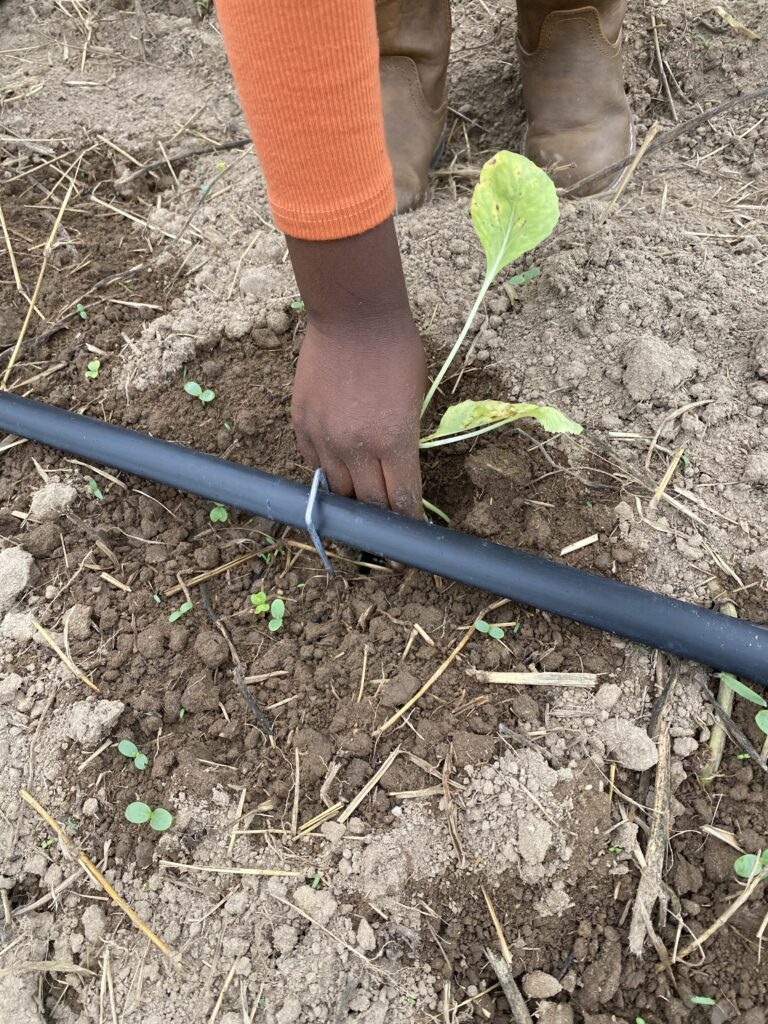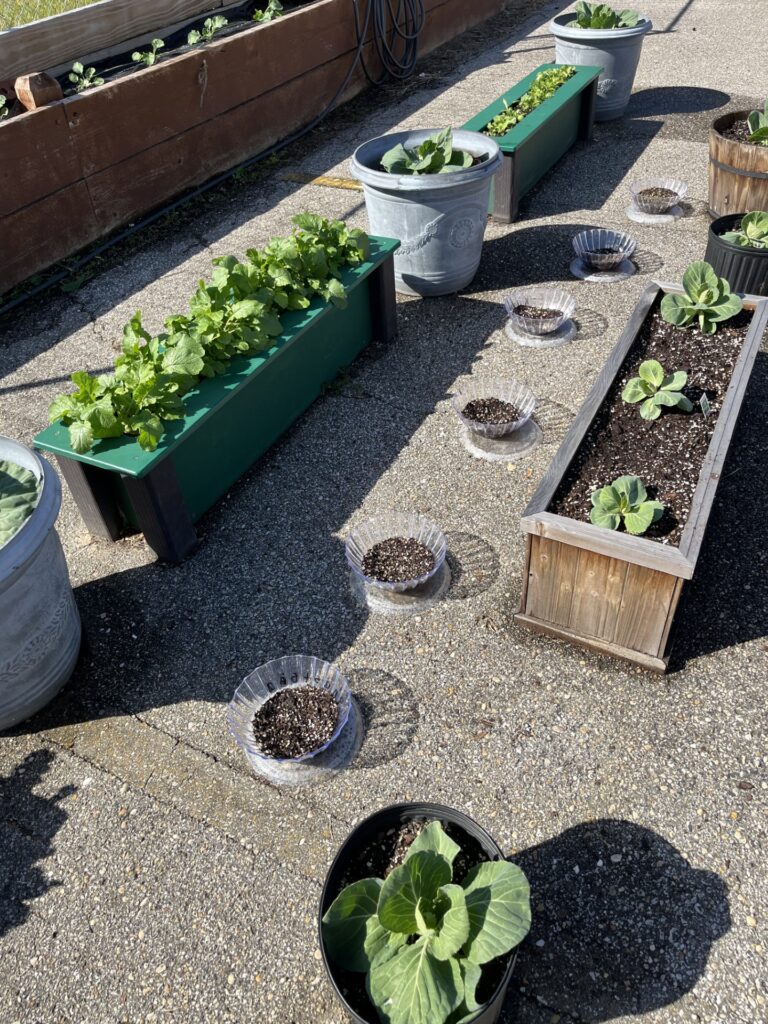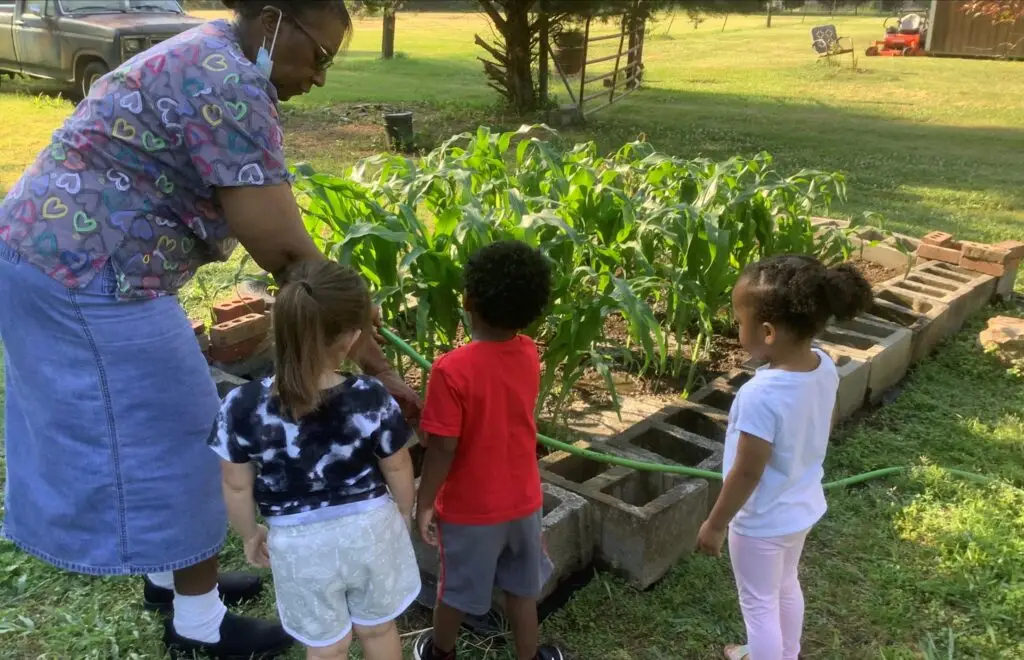Written by Alicia Jordan, Boots on the Farm Consulting, LLC
At Boots on the Farm Consulting, I’m passionate about bridging the gap between farm and classroom, helping early childhood educators foster hands-on learning that deepens children’s connection to their food and the land. Farm-to-table learning brings fresh, local ingredients to the table, creating rich experiences that engage young children with the journey their food takes from the farm to their plates. This approach to early childhood education inspires curiosity, builds healthy habits, and connects kids with the natural world around them.
What is Farm-to-Table for Early Childhood?
Farm-to-table is more than just fresh, local food – it’s a way of teaching young children where their food comes from, and how it nourishes them. For children, farm-to-table learning is about getting their hands in the soil, meeting the people who grow food, and understanding the dedication behind every meal. At Boots on the Farm, we believe this hands-on learning can foster a lifelong love for healthy food and curiosity about the world.
Why Farm-to-Table?
Farm-to-table in early childhood education offers benefits that go beyond nutrition:
Connection to Nature: Children learn that food comes from the earth, requiring care and patience.
Awareness of Food Sources: Kids understand the journey from seed to plate, developing respect for farmers and the environment.
Building Healthy Habits: Through early exposure to fresh, local foods, children develop positive associations with healthy eating.

How to Bring Farm-to-Table into the Classroom
At Boots on the Farm, I work with educators to integrate farm-to-table experiences into their teaching. Here are some favorite ways to bring this approach to life:
Create a Classroom Garden: Even a small garden allows children to plant seeds, water plants, and see the growing process firsthand. Start with easy-to-grow options like herbs, lettuce, or radishes. Watching plants grow teaches responsibility, patience, and appreciation for food.
Plan a Farm Visit or Invite a Farmer to Class: Bringing farmers into the classroom, or arranging a visit to a local farm, introduces children to the people who grow their food. Farmers can share stories, answer questions, and build a bridge between young learners and the larger agricultural community.

Cook with Farm-Fresh Ingredients: Incorporate locally sourced ingredients into classroom cooking activities. Simple recipes – like a smoothie, salad, or veggie wrap – allow children to explore the textures, colors, and tastes of fresh produce while they learn basic food prep skills.
Read Farm-Themed Books: Books like “Growing Vegetable Soup” by Lois Ehlert or “Tops and Bottoms” by Janet Stevens are wonderful resources to spark curiosity and get kids excited about farm-to-table concepts. These stories introduce the idea of growing food and caring for plants.
Visit the Farmers Market: Organize a trip to a farmers’ market or create a small, pretend market in the classroom where children can “shop” for produce. They’ll learn about fruits and vegetables, see them up close, and maybe even try some samples – a fun way to introduce variety and nutrition!
Sample Activity: Making a Farm-Fresh Salad
One simple, interactive activity we love at Boots on the Farm is a garden-to-table salad. Here’s how it works:
Harvesting: If your classroom has a garden, let children pick fresh greens, cherry tomatoes, or herbs.
Washing and Prepping: Guide them in washing the vegetables and, using kid-safe tools, let them help with chopping.
Creating the Salad: Let them toss the ingredients together, drizzle a little olive oil, and add a pinch of salt.
Tasting and Exploring: Encourage children to taste the salad and describe what they’re experiencing. This helps them build confidence in trying new foods and promotes positive food associations.

Why It Matters
Farm-to-table experiences in early childhood settings are about more than food. They help children develop gratitude for the earth, respect for those who grow food, and a sense of accomplishment in seeing a plant grow from a tiny seed to something delicious on their plate. This process supports social, emotional, and cognitive development, creating well-rounded, thoughtful learners.

